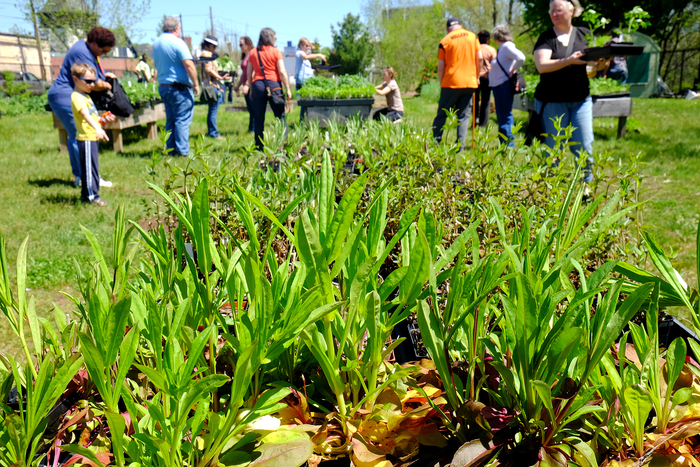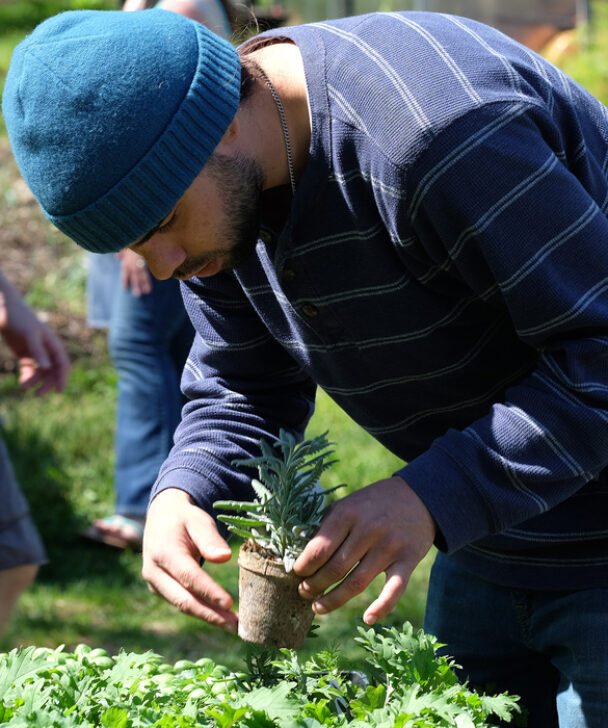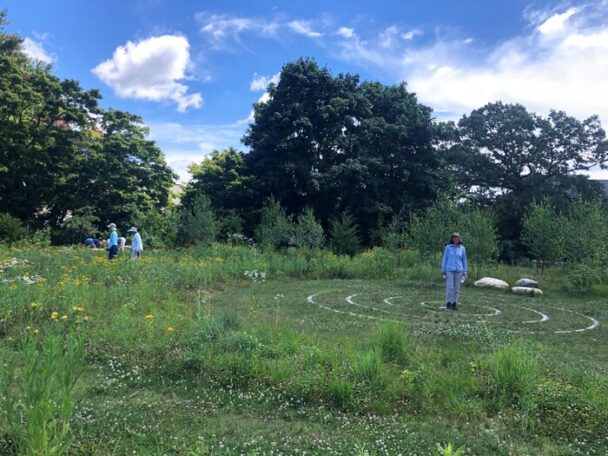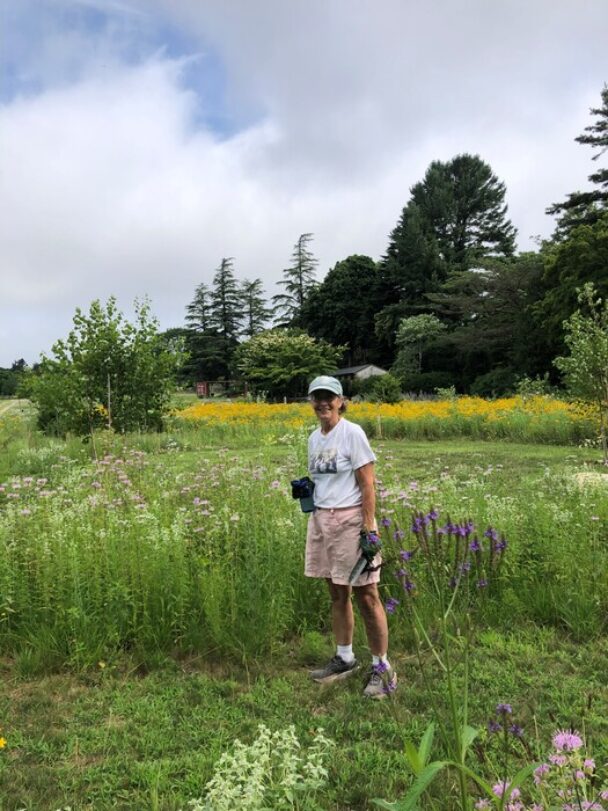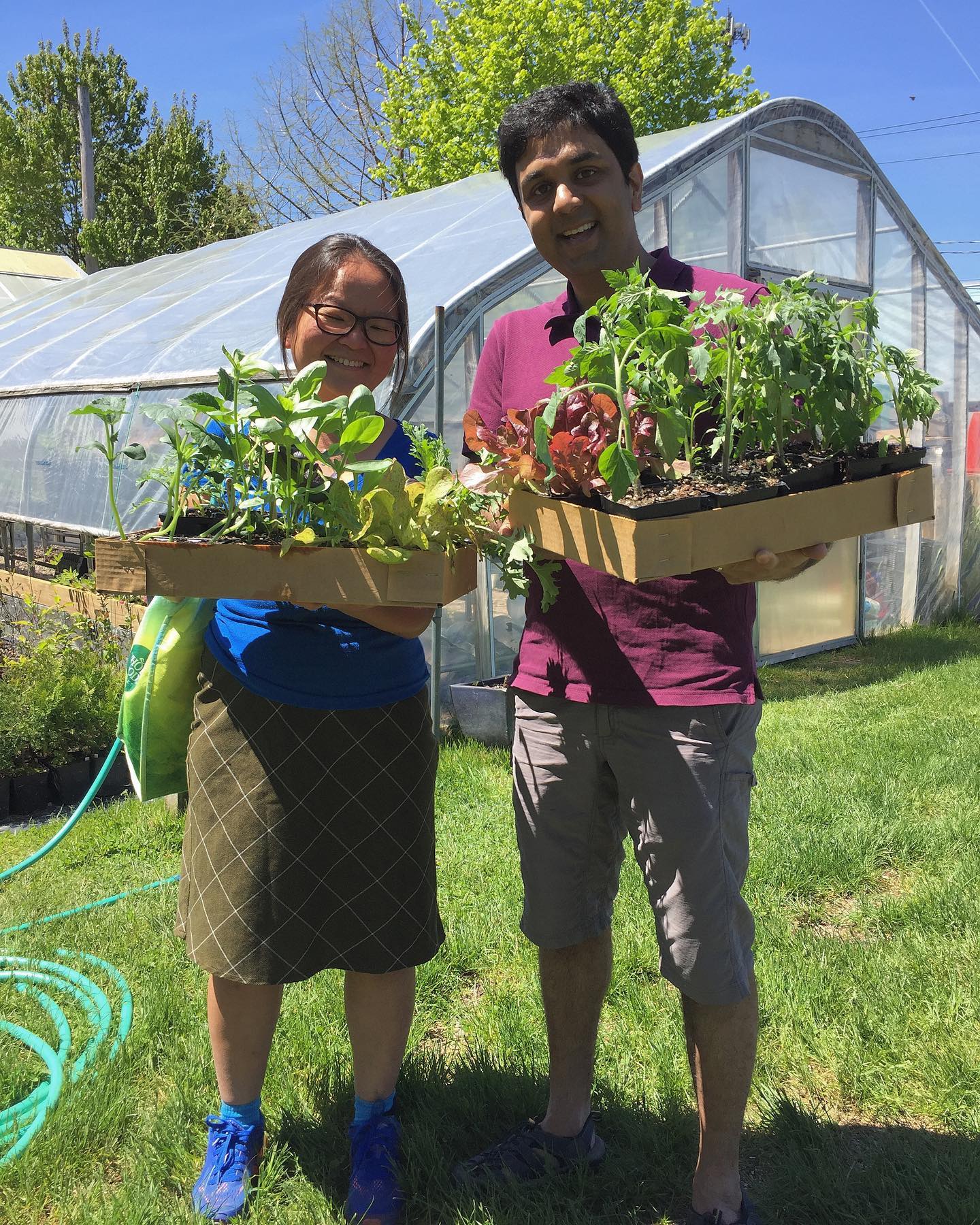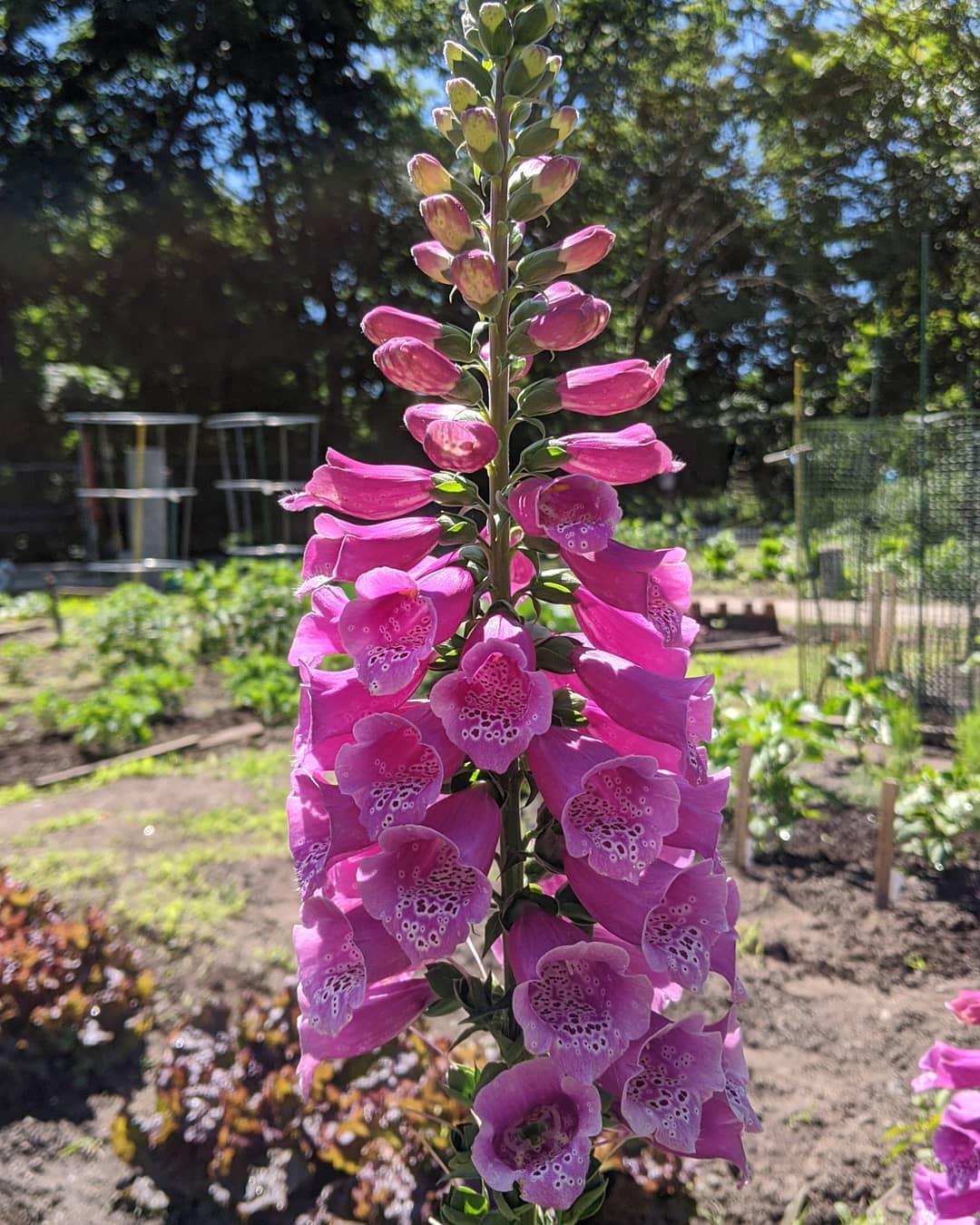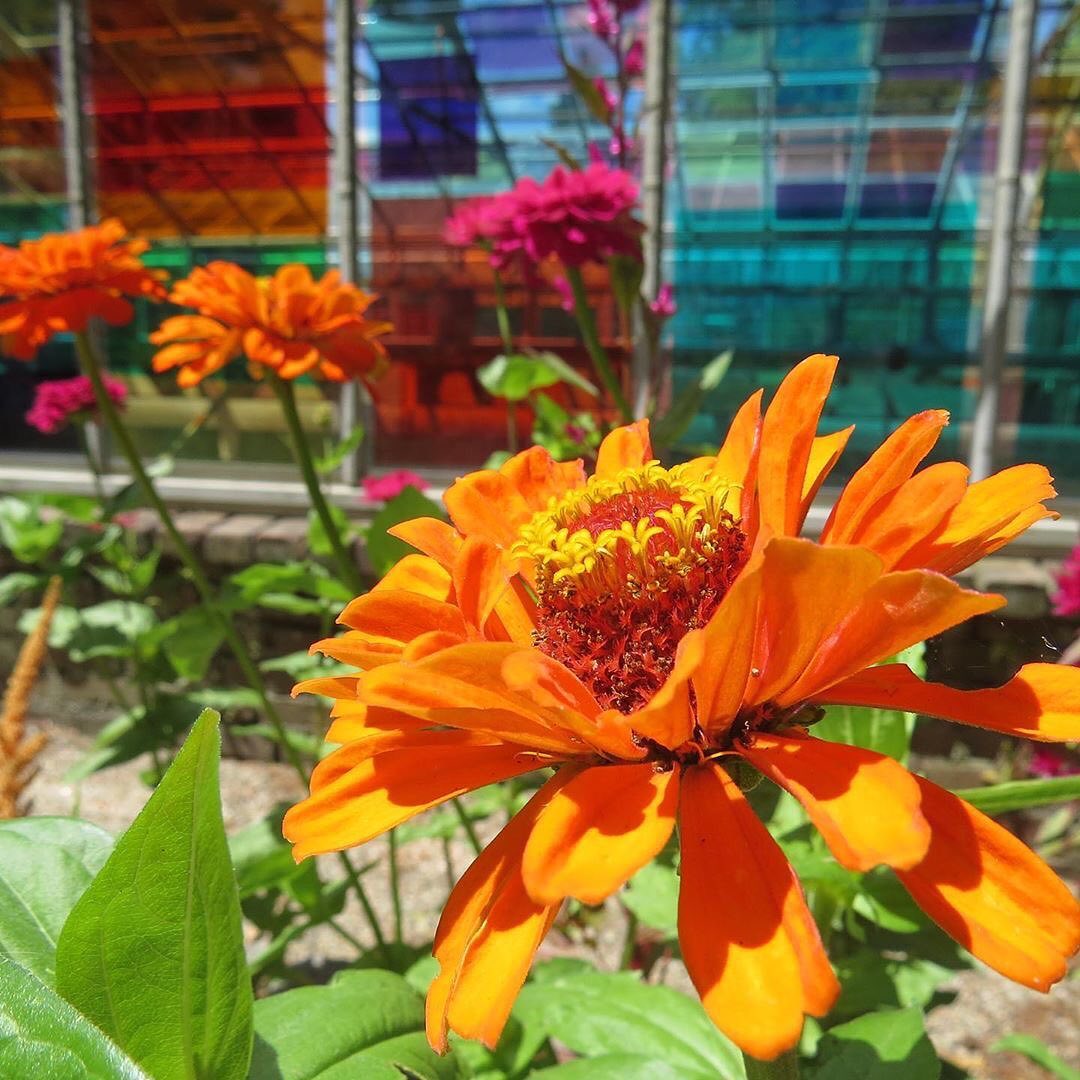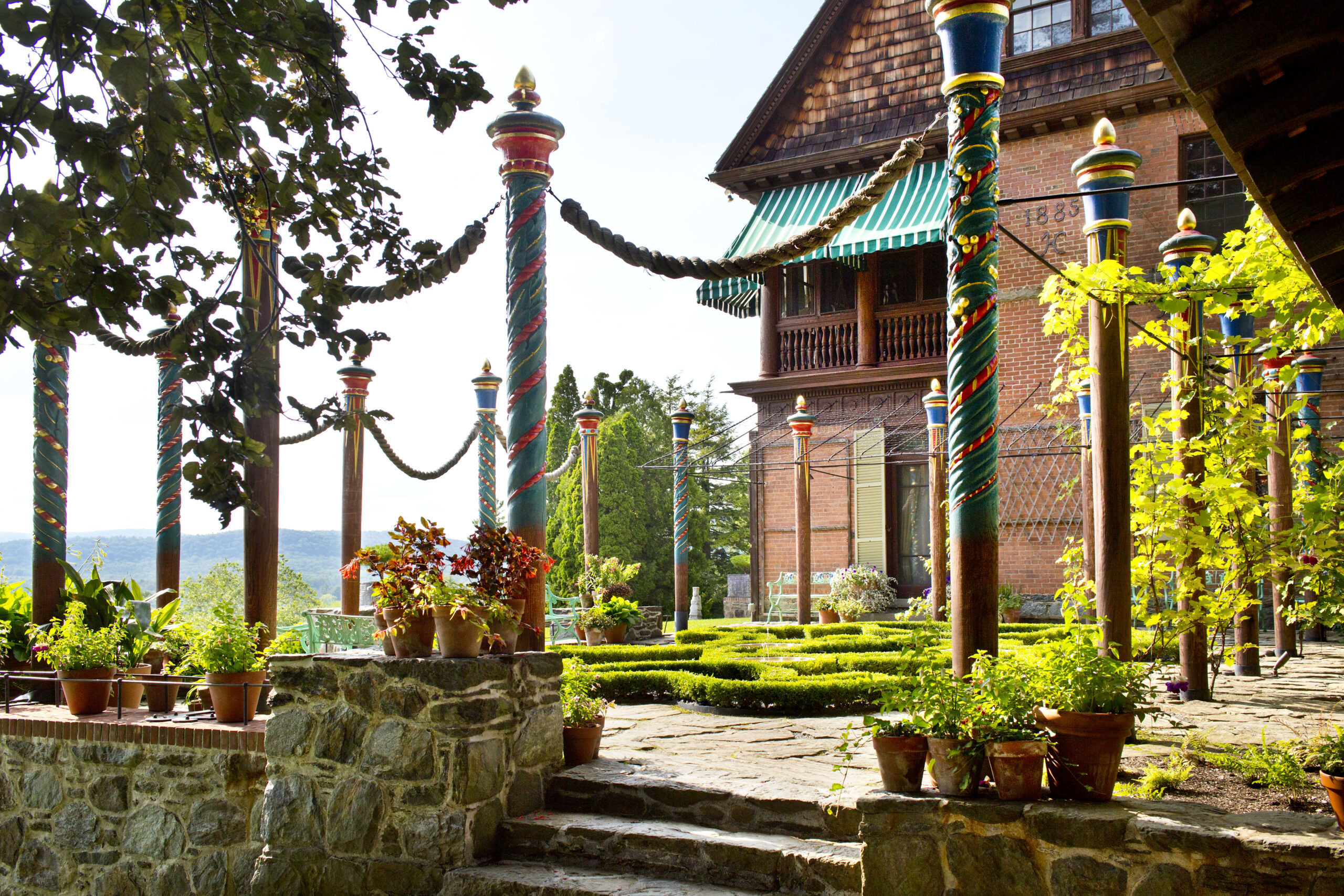If you visit Allen C. Haskell Public Gardens in New Bedford this summer, you might find yourself wandering with fellow visitors through a blooming meadow of native coastal wildflowers. At Naumkeag in the Berkshires and at The Trustees’ Boston Community Gardens, too, visitors can enjoy native pollinator gardens and flowering trees alongside the gardens’ more traditional offerings.
As native plants take root at Trustees properties, visitors and gardeners are finding inspiration, tranquility, and connection in these shared special spaces. “Our approach is about finding a thoughtful balance,” says Kristin McCullin, Horticulturist at Haskell Public Gardens, “creating spaces that are both environmentally responsible and deeply enjoyable for all who visit.”
This approach has attracted human and non-human visitors alike to Trustees gardens in recent years. As we might visit a native plant garden to enjoy a walking meditation or attend a quiet gathering, local wildlife also frequent these spaces for their ecological benefits—including their reduced need for watering, fertilizers, and other human interventions. A native plant garden provides a unique dynamic space in which nature and culture can blend in a balanced way, fostering opportunities for our own thoughtful caretaking of place and of one another.
Given this, native plant gardening is a perfect complement to The Trustees’ ongoing work of implementing more nature-based solutions to address climate change, create space for nature and wildlife in urban settings, and steward places thoughtfully into the future. “These properties are meant to endure for generations,” says Kristin. “It’s a beautiful balance of science and art.”
How to Get Growing
Growing native plants at home can begin with the simple act of paying attention. While wandering local verges, woods, and public gardens, “notice what catches your eye, take photos, and start building a sense of the shapes, textures, and plant combinations you’re drawn to,” Kristin suggests. “Nature is often the best designer.”
Aspiring growers should also consider the make-up of their available gardening spaces prior to planting. While native plants tend to be more resilient in any given space than invasive species, a sun-loving variety that grows well in a rooftop container garden may not thrive as well in a shaded backyard plot. A successful garden often combines personal preferences with local features such as light, moisture, and soil composition.
Once a gardener has considered these factors, involving others in the project can be especially helpful. While growing native plants directly from seed provides a more hands-on approach, growers should also feel free to approach nursery staff—such as those at The Trustees’ own City Natives in the Boston neighborhood of Mattapan, where more than 200 species of native plants are available—for first-time planting
suggestions and advice.
“Nursery staff are often incredibly knowledgeable and generous with their time,” says Kristin. “They’re wonderful resources for helping you find plants that are suited to your specific conditions.” By providing nursery staff with a full picture first, growers can help set the stage for a thriving garden.
Then, with plants in hand and an open mind, it’s time to jump into the work—to learn by doing. “No amount of books, courses, or internet searching will replace hands-in-the-dirt gardening,” Stephen Zelno, Horticulturist at Naumkeag, advises. “You will learn the most by working in your own garden.”
Ultimately, the key to maintaining a sustainable native plant garden is flexibility—an openness to one’s own shifting sense of place and creativity. “Start small,” says Kristin, “be observant, and let your garden evolve.”
Sharing the Joy of the Work
For many gardeners, the joy of growing native plants is two-fold: not only are the plants beautiful and sustainable, but they create moments of connection for all who encounter and tend to them. This joy is rooted in a shared practice of caretaking—of kneeling down and using one’s hands to benefit oneself and others.
“What I especially enjoy is watching visitors experience the garden,” says Kristin, “often unaware of the attention, time, and love that goes into creating such a serene and beautiful space.”
Growing native plants is also an opportunity to connect more deeply to place and surrounding wildlife, as Lacey Berg, Urban Grower at City Natives, notes: “Planting, weeding, watering, pruning, paying attention. It’s how I communicate to the plants (and the land, and all the other creatures) that I care about them.”
Finally, it is an ongoing commitment to learning—to growth within one’s given space and community. “No two days are the same,” says Kristin, “but that’s what makes the work so rewarding.”
